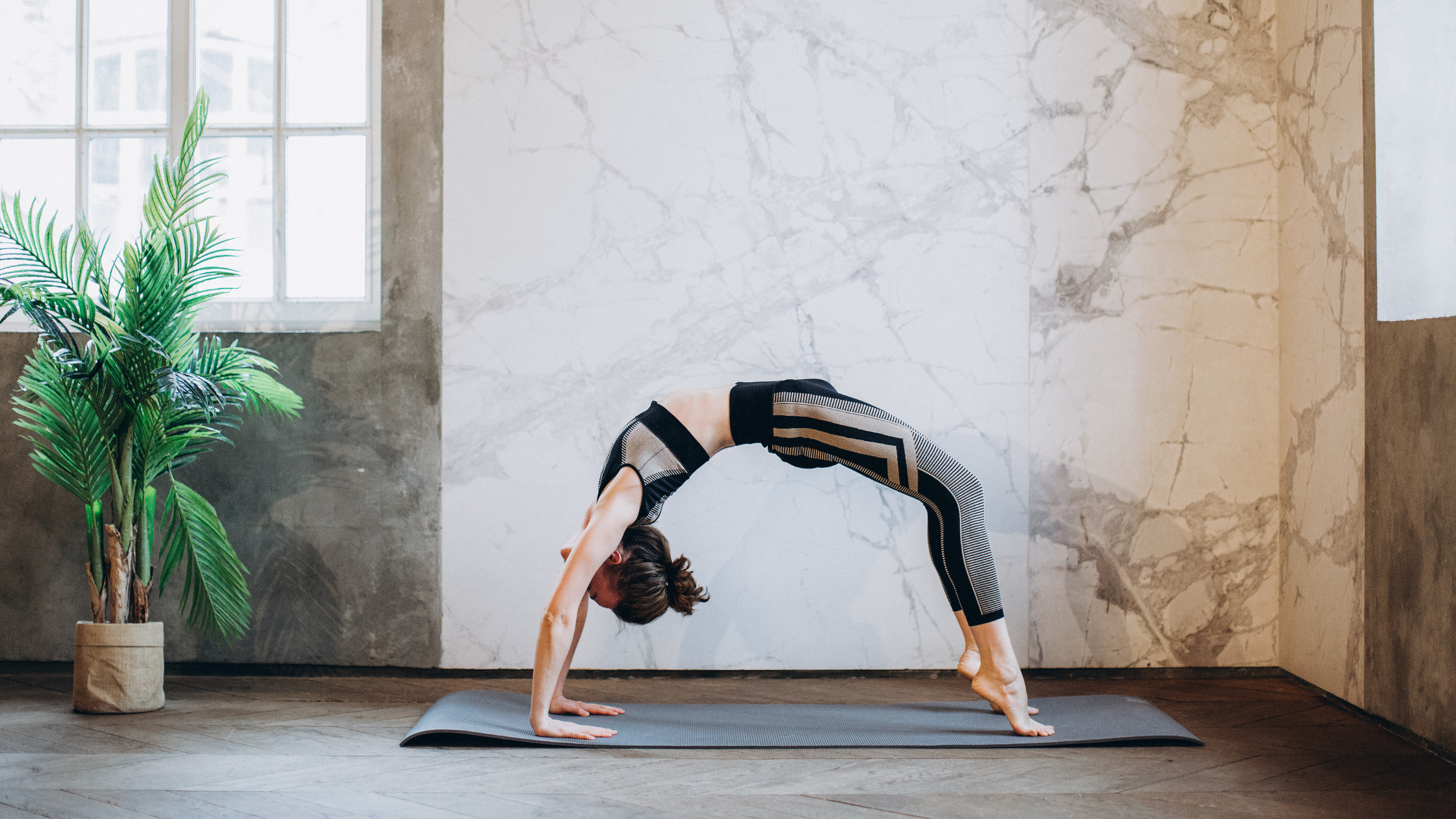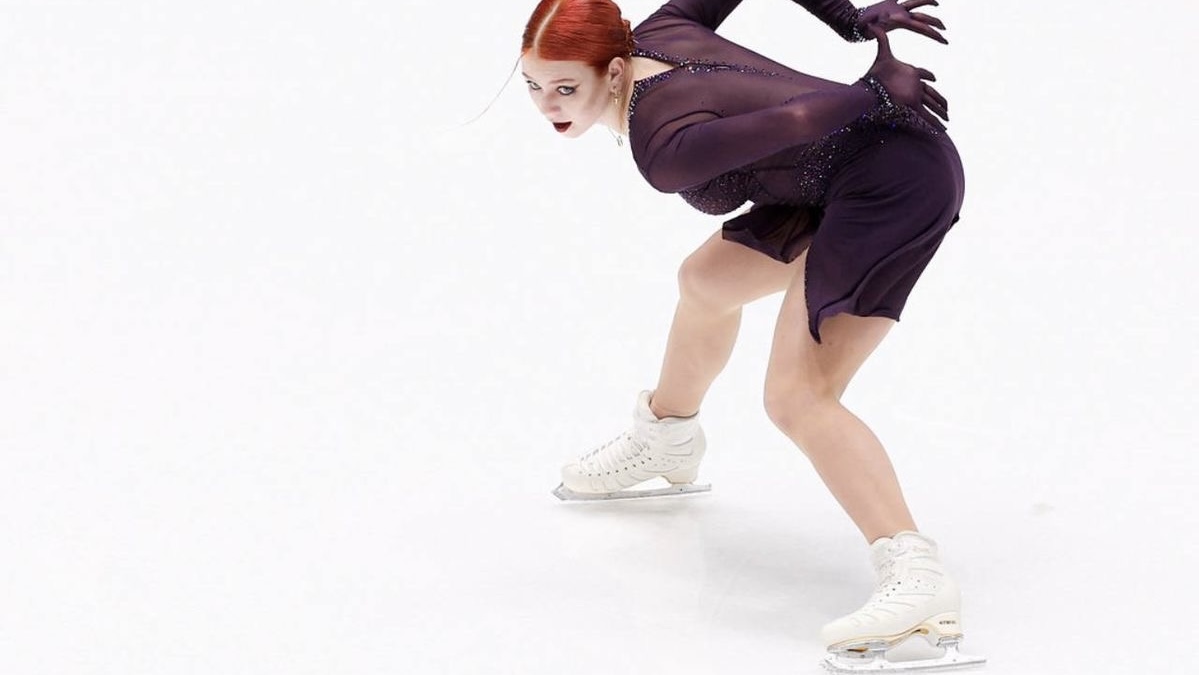January 15, 2025
Alexandra Trusova Expecting a Child
May 15, 2025

Flexibility and mobility are often used interchangeably in fitness conversations, but they are distinct concepts that play unique roles in physical health and performance. Understanding their differences is crucial for athletes, fitness enthusiasts, and anyone aiming to move better and stay injury-free. A 2019 Journal of Sports Sciences study found that improving both flexibility and mobility can enhance athletic performance by 10% and reduce injury risk by 12%. This article breaks down these commonly confused terms, provides practical examples, and explains why both matter for a balanced, functional body, drawing on real-world applications and expert insights.
Flexibility refers to the ability of a muscle or muscle group to lengthen passively through a range of motion. It’s about how far a muscle can stretch when an external force, like your hand or gravity, is applied. A 2018 Journal of Strength and Conditioning Research study notes that flexibility is primarily determined by muscle and connective tissue elasticity, impacting posture and movement ease.
Practical Example: Sitting on the floor and reaching for your toes to stretch your hamstrings tests flexibility. If you can touch your toes with straight legs, your hamstrings have good flexibility, allowing them to lengthen under the pull of your arms. This static stretch, held for 30 seconds, isolates the muscle’s ability to extend without requiring strength or control.
Mobility is the ability of a joint to move actively through its full range of motion, controlled by muscles, tendons, and ligaments. It combines flexibility, strength, stability, and coordination to produce functional movement. A 2020 Journal of Sports Medicine study emphasizes that mobility relies on joint health, muscle strength, and neuromuscular control, making it essential for dynamic activities.
Practical Example: Performing a deep squat with proper form—knees tracking over toes, back straight, and hips below knees—demonstrates mobility. This movement requires flexible hamstrings and hip flexors (flexibility), strong glutes and quads to control the descent and ascent (strength), and stable ankles and knees (joint function). Unlike a static stretch, a squat demands active control through the entire range.
Both are interconnected: poor flexibility can restrict mobility by limiting joint range, while poor mobility can make flexibility gains less functional. For example, a flexible hamstring won’t help you squat deeply if your ankle mobility or core strength is weak.
Good flexibility reduces muscle tightness that can lead to strains, while mobility ensures joints move safely under load. A 2018 Journal of Sports Sciences study found that athletes with balanced flexibility and mobility have a 15% lower injury rate.
Example – Runner’s Story: Maria, a 35-year-old marathon runner, suffered recurring calf strains. Her coach identified tight hamstrings (poor flexibility) and limited ankle mobility, causing compensatory stress. Maria added static hamstring stretches (flexibility) and ankle rotation drills (mobility) three times weekly. After eight weeks, her calf pain vanished, and she ran pain-free, illustrating how both components protect against injury.
Flexibility allows muscles to extend fully, while mobility enables powerful, controlled movements. A 2020 Journal of Strength and Conditioning Research study showed that athletes with high mobility improve sprint speed by 8% and jump height by 10%.
Example – Hockey Player’s Story: Jake, a 28-year-old amateur hockey player, struggled with weak slap shots. His tight hip flexors (low flexibility) and poor hip mobility limited his stride and rotation. He incorporated hip stretches and dynamic lunges four times weekly. Within three months, his shot power increased, and he skated faster, showing how flexibility supports range and mobility drives performance.
Flexible muscles prevent tightness that pulls joints out of alignment, while mobile joints maintain proper positioning during movement. A 2019 Journal of Physical Therapy Science study found that flexibility and mobility training improves posture by 12% in adults.
Example – Office Worker’s Story: Priya, a 40-year-old office worker, had rounded shoulders from desk work. Her tight chest muscles (poor flexibility) and stiff thoracic spine (low mobility) caused slouching. She practiced chest-opening stretches and spinal twists three times weekly. After six weeks, her posture improved, reducing neck pain and boosting confidence, highlighting the role of both in alignment.
Flexibility aids in reaching or bending, while mobility ensures smooth, controlled movements in daily tasks. A 2021 Journal of Aging and Physical Activity study noted that mobility training improves functional movement by 10% in adults over 50, while flexibility supports ease in static positions.
Example – Retiree’s Story: David, a 62-year-old retiree, struggled to tie his shoes due to tight hamstrings and limited hip mobility. He began stretching his hamstrings and practicing hip circles twice weekly. Within two months, he could bend and move comfortably, making daily activities like gardening easier, proving that flexibility and mobility enhance quality of life.
Both flexibility and mobility exercises, often paired with mindful movement, reduce stress and improve focus. A 2020 Psychology of Sport and Exercise study found that movement-based training lowers cortisol levels by 8% and boosts mood by 10%.
Example – Teacher’s Story: Lisa, a 45-year-old teacher, felt overwhelmed by stress. She joined a weekly class combining stretching (flexibility) and dynamic movement drills (mobility). After 10 weeks, she reported better focus and reduced anxiety, attributing her calm to the mindful focus required for both practices, showing their mental health benefits.
To balance flexibility and mobility:
Flexibility and mobility are distinct yet complementary pillars of physical health, each vital for performance, injury prevention, and daily function. Flexibility allows muscles to stretch, while mobility enables joints to move actively with control, together creating a balanced, resilient body. The stories of Maria, Jake, Priya, David, and Lisa illustrate how addressing both transforms lives, from athletes to retirees. Whether you’re aiming to skate faster, sit comfortably, or reduce stress, prioritize flexibility and mobility in your routine. Start with a few sessions weekly, assess your range and movement, and watch how these practices unlock your body’s full potential, making every step stronger and smoother.
By Vitalina Andrushchenko, Staff Writer

January 15, 2025
Alexandra Trusova Expecting a Child

December 26, 2024
2025 World Junior Championship Schedule

April 05, 2025
Alexandra Trusova and Makar Ignatov Reveal the Gender of Their Future Child